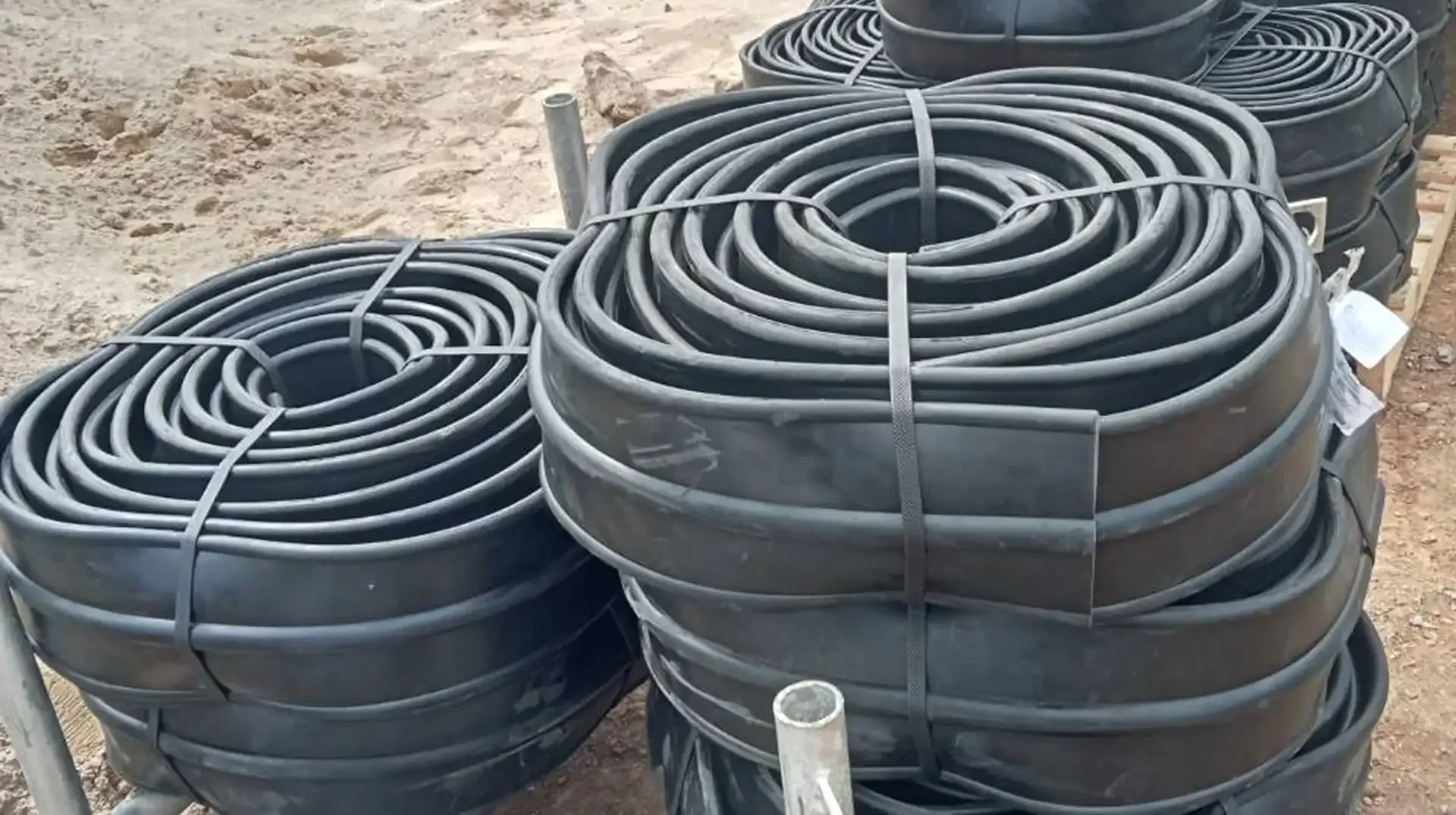What is a Waterstop? Importance in Concrete Construction

Durability and strength are critical factors in creating safe construction. Waterproofing within the structure is essential, and one of the most commonly used materials to prevent water from seeping through concrete structures is the Waterstop. In this article, we will explore what Waterstops are, the different types, and their applications in concrete construction to ensure the safety and sustainability of structures.
What is a Waterstop?
A Waterstop is a waterproofing material used in construction, particularly in concrete, where there are joints or connections between different parts of the structure. Installing a Waterstop at joints, such as between floors and walls, or any area prone to water leakage, helps prevent water from entering or exiting the concrete structure.
Common construction projects that utilize Waterstops include:
- Tunnels
- Dams
- Swimming pools
- Water tanks
- Underground structures
- Bridges
Types of Waterstops
There are several types of Waterstops depending on the material and the specific application. Choosing the right Waterstop for your construction project requires considering factors such as the environment, water pressure, and the location of concrete joints.
1. PVC (Polyvinyl Chloride) Waterstop
PVC Waterstops are highly flexible materials, resistant to water pressure, and have excellent durability. They are especially useful in areas where the structure may move slightly.
Advantages:
- Resistant to high water pressure
- Highly flexible and usable in various temperatures
- Easy to install
Applications: Suitable for general concrete construction, such as joints in large, complex structures.
2. Rubber Waterstop
Rubber Waterstops are highly durable and can withstand water pressure and structural movement. They are ideal for projects with frequent movement or high vibration levels.
Advantages:
- Highly resistant to structural movement
- Usable in areas with vibration, such as bridges or underground structures
Applications: Commonly used in bridges, roads, or structures that experience minor movement.
3. Hydrophilic Waterstop
Hydrophilic Waterstops have the unique ability to swell when in contact with water, filling gaps and preventing water leakage. These are ideal for areas with significant water seepage and where high-performance waterproofing is required.
Advantages:
- Expands when in contact with water to prevent leakage
- Used in high-water-exposure areas such as tunnels and water tanks
Applications: Commonly used in dams, tunnels, or areas with significant water exposure.
Installing Waterstops in Concrete Construction
The installation of Waterstops requires precision to ensure effectiveness. Waterstops are placed during the concrete pouring process, positioned at the joint between old and new concrete, preventing water from seeping in or out of the structure.
Steps to Install a Waterstop
- Site Preparation: Ensure the installation area is clean and free from dust or debris that could affect adhesion.
- Positioning the Waterstop: Place the Waterstop at the desired joint, ensuring it is properly aligned.
- Concrete Pouring: After installing the Waterstop, pour the concrete to encase the material and prevent movement.
- Post-Installation Inspection: Check that the Waterstop is securely in place, with no displacement or issues that could cause future leakage.
Why Waterstops are Important in Concrete Construction
Preventing water from seeping through concrete joints is crucial to ensuring the longevity of the structure, especially those directly exposed to water, such as tunnels, swimming pools, or water tanks. Waterstops help to ensure that the structure is free from leakage issues, which could lead to deterioration and long-term damage.
Waterstops not only prevent water leakage but also extend the life of the structure, reduce repair costs, and ensure the safety and durability of the construction.
Conclusion
Waterstops are a vital part of concrete construction, helping to prevent water leakage through structural joints. Their versatile applications and crucial role in maintaining the durability of a structure make them indispensable for many projects. If you're planning any construction project, Waterstops will be key to ensuring the structure withstands environmental challenges and water exposure.
Choosing the right type of Waterstop and installing it correctly will help prevent future issues, ensuring that your structure remains strong, stable, and secure.


